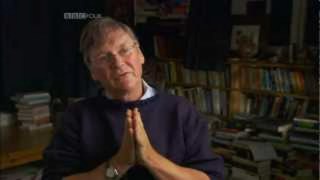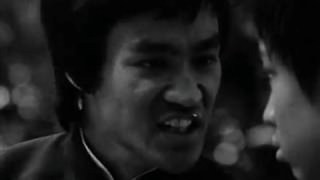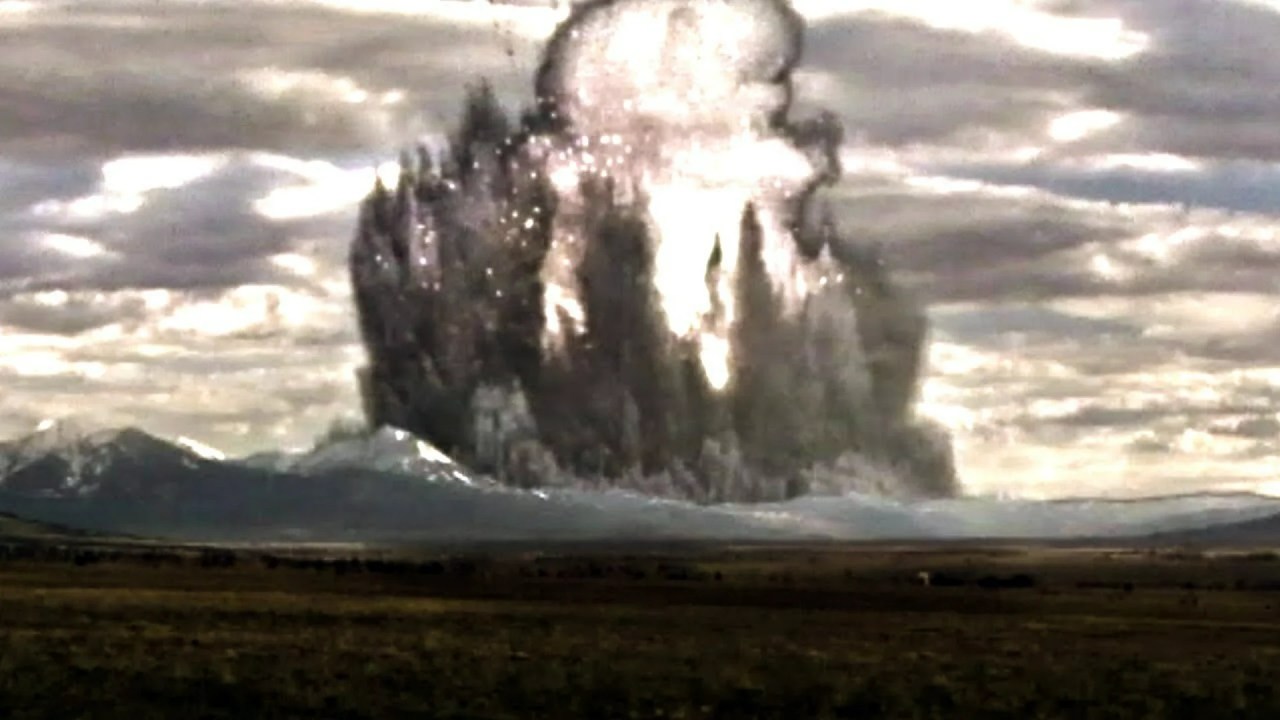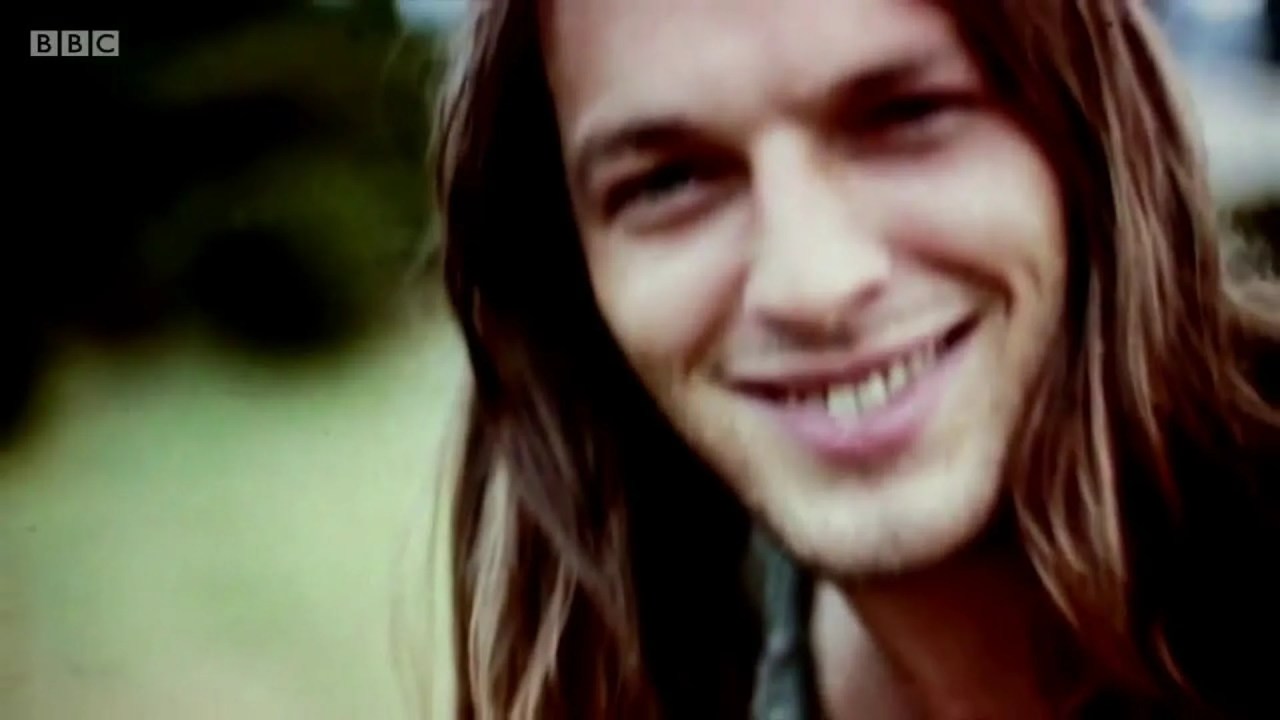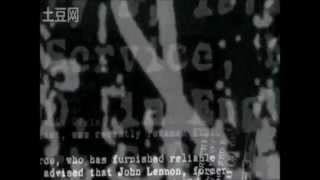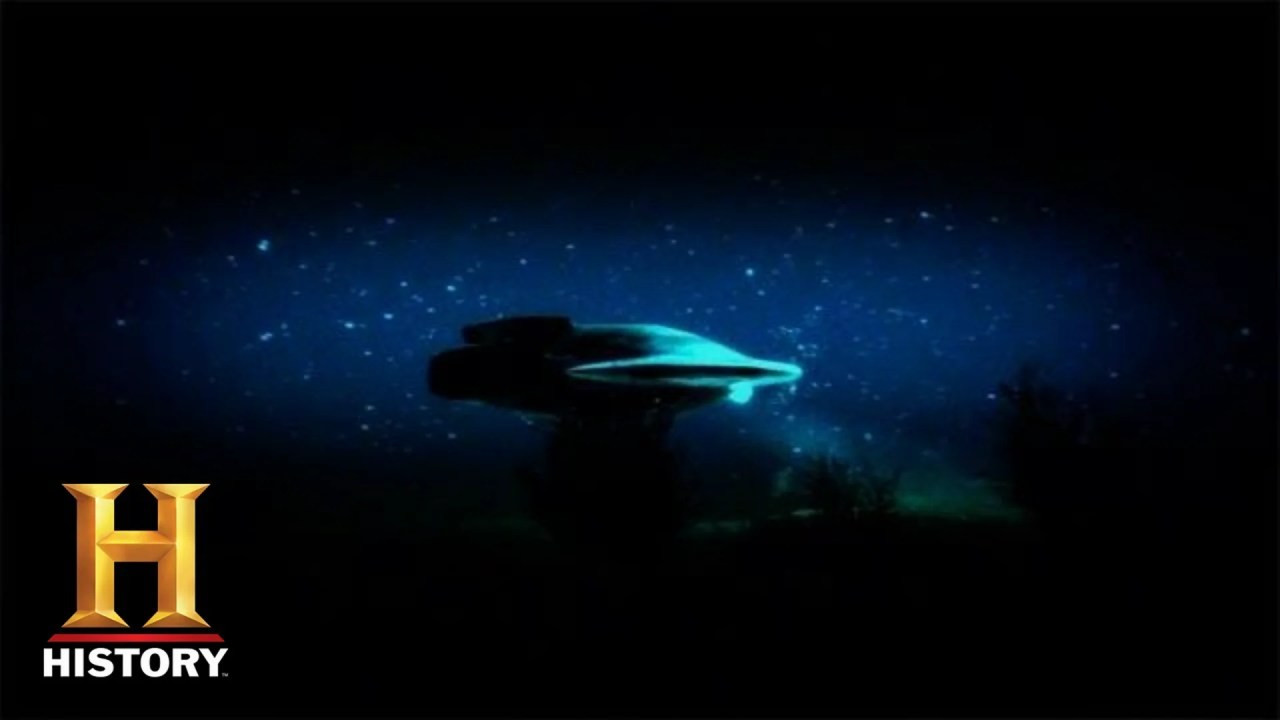Who are the modern men and women who will be remembered for the brilliance of their minds? What are your legacy and what you can to tell us his extraordinary discoveries about the nature of science and the nature of truth?
In the first of a three-part series, Professor Dame Jocelyn Bell Burnell describes how she discovered pulsars, the products of supernova explosions that mark life in the universe possible. She describes the moments of despair and joy was developed as the discovery and excitement as pulsars took the scientific world by storm. Deeply thoughtful about the nature of scientific discovery, he shares his thoughts on the relationship between religion and science and describes how to view science as a quest for understanding rather than a search for truth.
In the second of a three part series, the discovery of the mind behind some of the greatest scientific discoveries of our time, James Lovelock explains how his maverick thinking led him not only the technical advances in detection systems atmosphere of Earth and Mars, but also to Gaia – a new way of thinking about the Earth as a holistic, self-regulating system. He talks about his fight against the scientific consensus of the day, teasing by peers and his passionate belief that the mainstream scientific community stifles intellectual creativity.
The final part of this series from three features of contemporary scientists brilliant Sir Tim Hunt, Nobel Prize for his discovery of the mechanism of how cells divide – a discovery fundamental to life and growth of all creatures on the planet, as well as a vital clue in the mystery of cancer. Hunt recalls moments of his life was the inspiration for his career as a scientist, scholarship his father’s intentions, that his methods as early battle of his mother to cancer and the influence of this on your current location at Cancer Research UK. In his own words, Hunt narrates the events reported his discovery, from casual encounters to change the lives of the talks and reveals his own views on the logical thought processes and emotional, which led to his extraordinary discovery.

